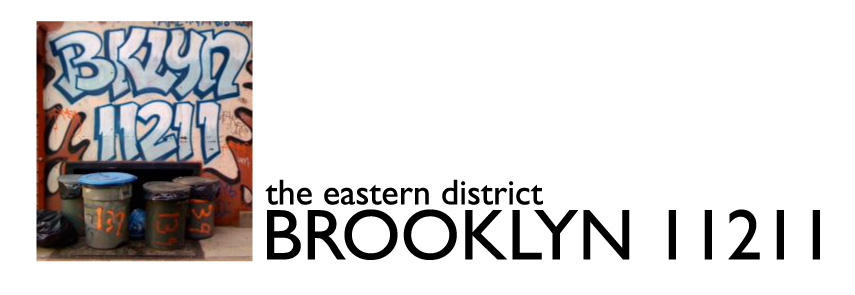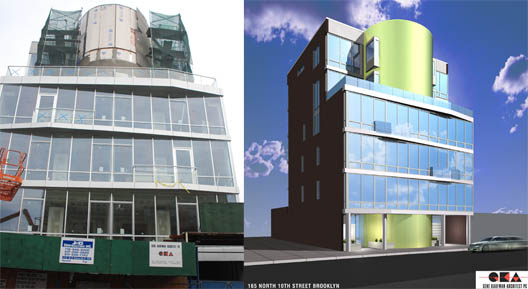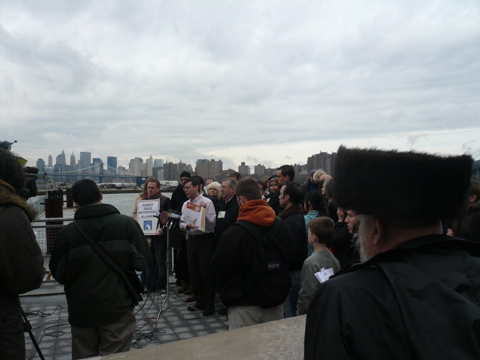Further to the discussion yesterday about the idiocy of naming your new condominium development after a light switch, it is worth pointing out that the (shudder) Decora was designed by the same architect that brought us the Lucent. I have no idea if the same marketing geniuses are behind both projects, but it wouldn’t surprise me if the same folks who would name their new condominium development after a recently bankrupt casualty of the dot-com boom would also name a development after a line of lighting fixtures available at the local Home Depot.

But lest you think stupid branding decisions are limited to only to ugly Brooklyn condominium projects, they are not. Take, for instance, Xerox – the venerable office technology company. Clearly, their pixellated “X” logo was not cutting it, so they turned to Interbrand, who came up with a cutting-edge X-on-a-ball logo. Surely they have a good reason for this change:
Our new brand reflects who we are [the Danish national football team?], the markets we serve and the innovation that differentiates us in our industry. We have expanded into new markets, created new businesses, acquired new capabilities, developed technologies that launched new industries — all to ensure we make it easier, faster, and less costly for our customers to share information
Congratulations, now no one has the faintest idea what the hell you sell.
If that meaningless marketing babble sounds familiar, chances are you’ve been going to open houses in the neighborhood:
Warehouse 11 [warning – highly annoying techno loop] debuts 120 designer living environments—studios, one- and two-bedrooms—dreamt up by the noted Andres Escobar & Associates. All created with a whimsically artistic, outside-the-lines approach. Crisscrossing Chic Industrial and Sumptuous Modern in Williamsburg’s oh-so-sweet Bedford Avenue/McCarren Park location.
Clearly, our nation’s marketers have run out of words. And ideas.




